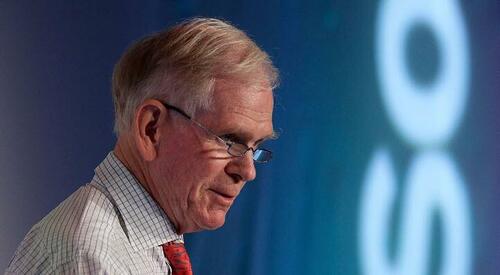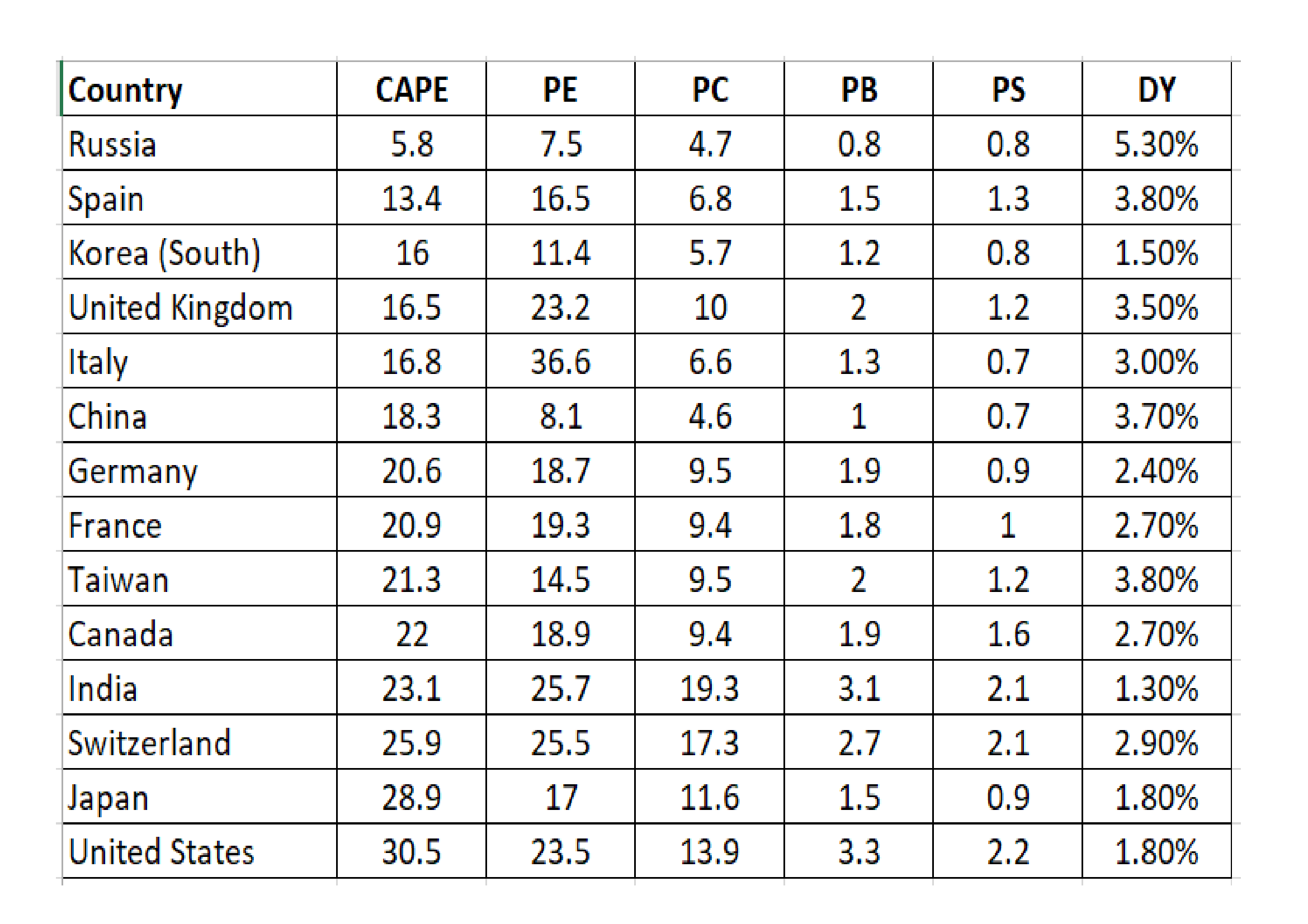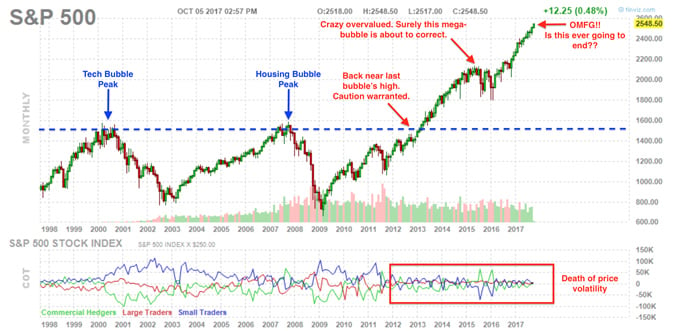
Reality always wins in the end.
It doesn’t matter if you’re excited about the economy or its outlook. Unless some economic scam is being perpetuated (unlikely), fundamentals always play a factor, and guide the U.S. economy through peaks and valleys.
Fundamentals like supply, demand, inflation, deflation, and so on. At some point, even the mainstream media “hype circus” won’t be able to manufacture enough consent to maintain any stock market illusions that things are “just peachy.” Reality always cuts through the noise, and we could be approaching that point right now.
For example, Brian Maher wrote: “The gap between stock market and economy presently spans to preposterous dimensions.”
Reality seems to agree. As you can see from the most recent Buffett Indicator, the market is valued 234% higher than GDP (88% above the historical average):
No matter what you think of the indicator itself, the ratio of market value to GDP is plain as day. And its place in history, 2.9 standard deviations above the 30-year average, beats both the top of the dot-com bubble and the highs before the 2008 financial crisis.
Maher explains one possible reason why the ratio line shown on the chart above jumped so dramatically since early 2020:
More money has poured into stock funds within the past five months ($569 billion)… than the previous 12 years combined ($452 billion).
Market optimists like Art Hogan seem to attribute all of this “good market fortune” to, as he puts it, “an explosion in economic activity that likely will have some earnings growth in its wake.” This “likely” earnings growth at some unspecified point in the future doesn’t exactly sound like a prudent bet, does it?
…click on the above link to read the rest of the article…














